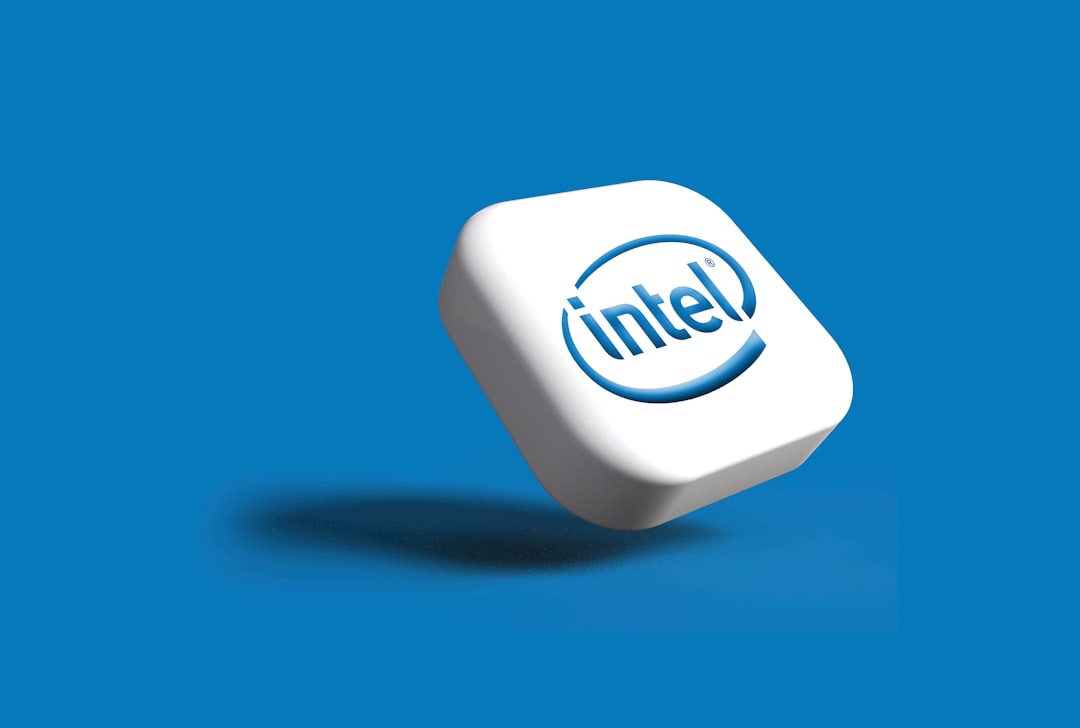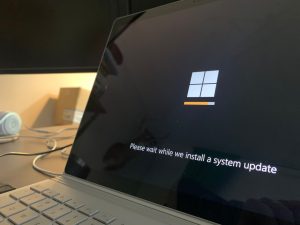What Is dllhost.exe and Why Is It Running on Windows?
5 min read
Many Windows users stumble upon the dllhost.exe process while browsing through Task Manager, often raising questions about its purpose and whether it’s a security concern. While its name may appear cryptic, this process plays a legitimate role in the smooth operation of certain components of the Windows operating system. This article aims to unravel the mystery surrounding dllhost.exe, explain its functionality, and help you determine when it’s working as expected—and when it might warrant a closer look.
What Is dllhost.exe?
dllhost.exe, also known as the COM Surrogate, is a core part of Windows operating systems. It works in tandem with other system processes to execute software components known as Dynamic Link Libraries (DLLs). Rather than running these libraries directly within the host application, Windows uses the COM Surrogate (dllhost.exe) to encapsulate them in a separate process, improving stability and security.
DLL files contain code and data that multiple programs can use simultaneously. However, mishandling or corruption in these files can cause software failures. By using dllhost.exe as a middleman, Windows ensures that if a DLL crashes, it won’t take the host application—or even the operating system—down with it.

Why Is dllhost.exe Running on My Computer?
There are several legitimate reasons why dllhost.exe may be running in the background. Below are some of the most common scenarios:
- Thumbnail generation: Windows uses dllhost.exe to create previews for files such as videos and images in File Explorer.
- COM objects hosting: Certain applications require Windows’ Component Object Model (COM) architecture to perform tasks. Instead of running these COM objects directly, dllhost.exe manages them.
- System-level operations: Core processes like System Restore, Disk Management, and Control Panel utilities may rely on dllhost.exe in the background.
In essence, when you browse through folders containing media files or when certain system utilities are in use, dllhost.exe may become active—and that’s entirely normal.
COM Surrogate: The True Role of dllhost.exe
The term COM Surrogate might confuse some users, but it is essentially the user-facing name for the dllhost.exe process when it’s managing COM objects. Microsoft designed this surrogate system to separate risky, unstable, or third-party code from crucial Windows components.
Instead of allowing external code to run inside a trusted system process—which could lead to crashes, performance issues, or vulnerabilities—Windows hosts it in a surrogate like dllhost.exe. If something goes awry, only the surrogate process will crash instead of the whole application or system.

Is dllhost.exe a Virus?
In its legitimate form, dllhost.exe is not a virus—it’s a part of Windows itself. However, because it’s an essential and commonly running process, malware authors sometimes disguise their malicious programs using the same name. A fake or malicious dllhost.exe can replicate abnormal system behaviors such as:
- Excessive CPU or memory usage
- Multiple dllhost.exe processes running simultaneously without apparent reason
- Unusual disk activity
- Pop-up errors or slowdowns during typical system operations
To determine whether the version of dllhost.exe running on your system is authentic, you can follow these steps:
- Open Task Manager.
- Right-click the suspicious dllhost.exe and choose Open file location.
- The legitimate dllhost.exe file is located in
C:\Windows\System32\.
If the file isn’t located in this folder, or if antivirus scans flag it, you may be dealing with malware impersonating dllhost.exe.
How to Troubleshoot dllhost.exe Issues
If dllhost.exe consumes too much CPU or memory, it could indicate a problem. Here’s how to handle it:
1. Run a Full System Scan
Use Windows Security or a trusted third-party antivirus tool to scan your system thoroughly. Eliminate any threats found during the scan.
2. Check Event Viewer Logs
Open Event Viewer and check for application or system errors linked to dllhost.exe. These logs can help identify which component or file is causing instability.
3. Use System File Checker
Run the following command in Command Prompt as administrator:
sfc /scannow
This scans and repairs corrupted system files, including deficiencies in dllhost.exe or related services.
4. Update or Uninstall Faulty Applications
If the issue appears when you launch a specific application, that software might be incompatible or outdated. Try updating it or uninstalling it temporarily to test if dllhost.exe stabilizes.
5. Perform a Clean Boot
A clean boot allows you to identify software conflicts by starting Windows with minimal services. Use this method to single out problematic third-party applications.
When Should You Be Concerned?
While occasional dllhost.exe activity is normal, frequent fluctuations in performance metrics like CPU usage or memory consumption can signal trouble. If you frequently see crashes, sluggishness, or repeated processes without an obvious source, it’s wise to take a closer look.
Other red flags include:
- Dllhost.exe attempting to connect to the internet
- Running from unknown or user-created directories
- Triggered by visiting suspicious websites or launching pirated software
In those cases, isolate the process, analyze its file path, and consider running anti-malware tools such as Malwarebytes or Windows Defender Offline Scan.
Tips to Prevent dllhost.exe Problems
Proactive measures can minimize issues linked to dllhost.exe:
- Keep Windows updated: Install patches and updates regularly to avoid compatibility and security issues.
- Use reliable antivirus software: Run periodic full scans and enable real-time protection features.
- Be cautious when installing new software: Stick to trusted sources and read user reviews before installing unfamiliar applications.
- Back up system files: Regular Windows backups ensure you can recover from file corruption or malware attacks.
Conclusion
dllhost.exe—commonly referred to as the COM Surrogate—is a legitimate and important Windows process that helps run external code safely. While usually harmless, unusual behavior from this process could indicate deeper system issues or potential infection. By understanding its function and monitoring its activity, users can maintain both performance and security across their Windows systems.
Frequently Asked Questions (FAQ)
-
Q: Can I end the dllhost.exe process?
A: You can, but it may cause applications that rely on COM objects to malfunction. It’s better to identify why it’s consuming resources before ending it. -
Q: Is dllhost.exe a necessary Windows process?
A: Yes, dllhost.exe is required for running specific system components and software that rely on COM technologies. -
Q: How do I know if dllhost.exe is a virus?
A: Check the file location. The genuine dllhost.exe should reside inC:\Windows\System32\. Files outside this location with the same name may be malicious. -
Q: Why are there multiple instances of dllhost.exe?
A: Windows may launch multiple dllhost.exe processes to handle various tasks or COM objects simultaneously. This is normal unless performance degrades noticeably. -
Q: Does dllhost.exe use the internet?
A: Under normal conditions, it does not. If you notice network activity from dllhost.exe, further investigation is warranted.


